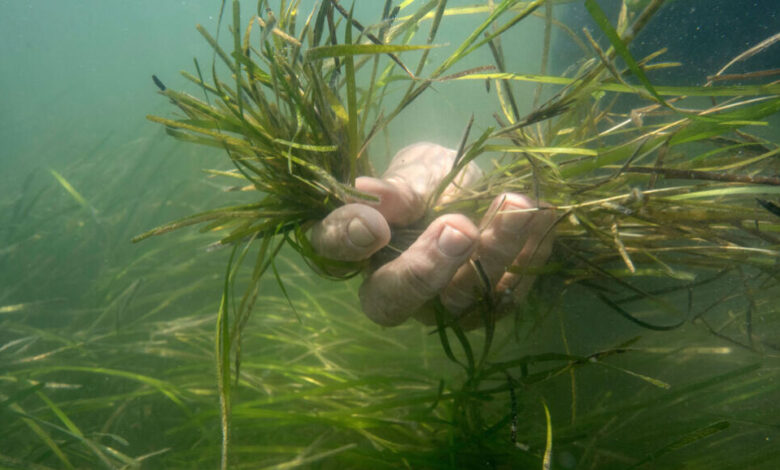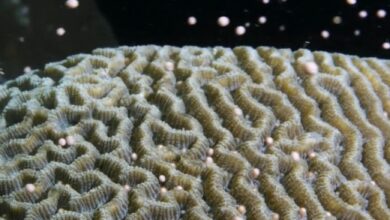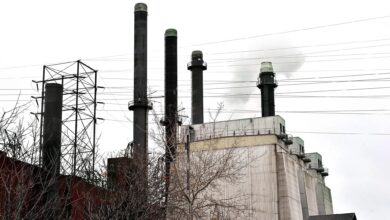
Seagrass beds off Virginia’s Eastern Shore went from barren sediment to abundant meadows in 20 years in the world’s largest restoration project. Photo Credit: Jay Fleming
Environment USAThere Is Hope for the Climate and for Ecosystems in Seagrass Beds
Twenty years ago, researchers planted eelgrass seeds covering 200 hectares in the salt marshes of the state of Virginia. Today, the seagrass beds cover 3,612 hectares and are revealed to be a fantastic ecosystem that traps carbon and nitrogen.
“It’s an exemplar of how nature-based solutions can help mitigate climate change,” says Carlos Duarte, a marine ecologist and a leader in recognizing the carbon-storing capacity of mangroves, tidal marshes and seagrasses. According to Karen McGlathery, a coastal ecologist at the University of Virginia in Charlottesville, the team’s work “offers a blueprint for restoring and maintaining healthy seagrass ecosystems” that can be adapted anywhere in the world.
During the course of the restoration project led by the Virginia Institute of Marine Science and The Nature Conservancy, the team of researchers noticed a healthy ecosystem: the quality of the water improved, and the seagrass beds stored efficiently carbon and nitrogen. It is reported that the restored seagrass beds hold about 3,000 metric tons of carbon each year and more than 600 metric tons of nitrogen. Those numbers are close to what natural seagrass beds would have accumulated in the same period of time.



